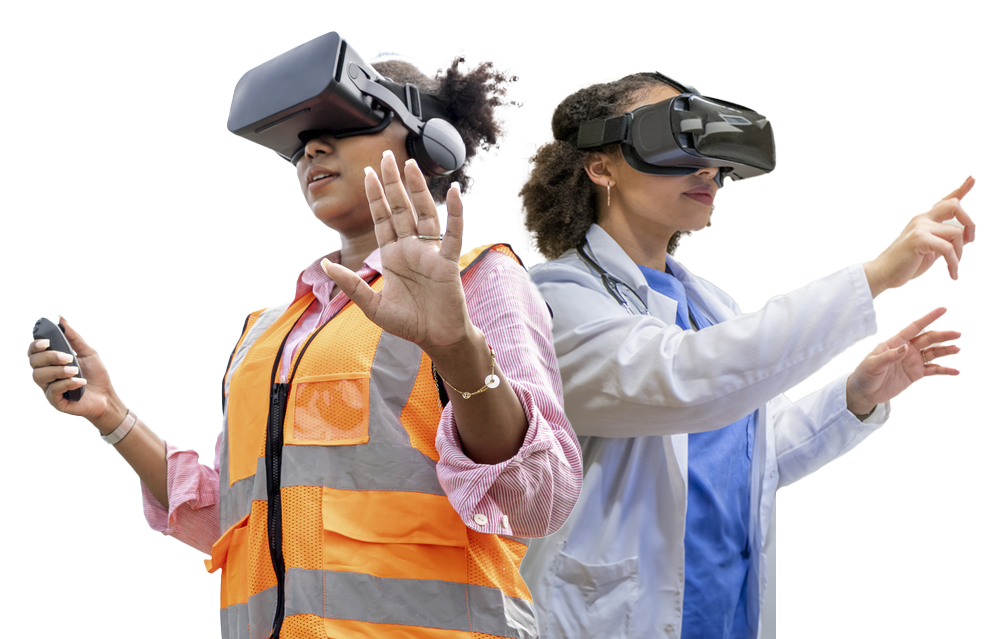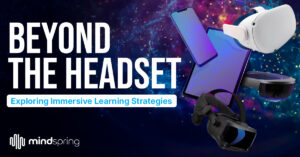
In an increasingly fast-paced world, the importance of effective health and safety training cannot be overstated. Health and safety training has traditionally been dominated by hands-on demonstrations and classroom-based lectures. However, as technology has evolved, so too have the methodologies that underpin this critical aspect of workforce development.
Extended Reality (XR) has emerged as a potent force in revolutionizing traditional training methods. The immersive nature of XR makes it an ideal fit for health and safety training across various industries. Let’s take a deep dive into the ways XR is transforming how professionals are trained to handle health and safety issues.
Understanding Extended Reality
Before we jump in, let’s briefly touch upon what Extended Reality entails. It’s basically a fusion of technologies that blur the line between the physical world and computer-generated environments. VR immerses users in a completely virtual environment, AR overlays virtual objects on the real world, and MR combines elements of both. We talk about it in more detail in our Extended Reality Explained article.
Making Training Safer and More Engaging
One of the standout features of XR is its ability to simulate realistic environments and scenarios without any real-world risks. This is a game-changer for health and safety training. Trainees can now engage with complex and dangerous scenarios in a controlled setting. This not only makes training safer but also more engaging and retention-effective.
Realistic Simulations
Imagine a firefighter being able to train inside a burning building without the risk of injury, or a construction worker learning to operate heavy machinery without the actual physical equipment. XR enables just that. VR, in particular, can create highly realistic simulations where trainees can learn the ropes before they face real-life dangers.
Enhanced Retention and Muscle Memory
The immersive and interactive nature of XR training leads to improved retention of information. When trainees practice physical movements in a virtual space, it builds muscle memory. This means that in real-life situations, they are likely to respond more quickly and effectively due to the training.
Customizable and Accessible
XR training programs can be customized to fit specific industry needs. Whether it’s medical professionals practicing surgical procedures or factory workers learning safety protocols, XR content can be tailored accordingly. Additionally, XR training can be accessed remotely, making it more accessible to a wider audience.

Real-Life Applications
Construction and Manufacturing
In industries where physical labor and machinery operation are prevalent, XR is invaluable. VR safety simulations can expose workers to the sights, sounds, and dangers of a construction site, for example, training them to follow safety procedures and recognize hazards. Large machinery can also be simulated in VR to provide realistic operation training.
Healthcare
XR can simulate surgeries and other medical procedures for training purposes, without putting any patients at risk. This can help in improving the technical skills of healthcare professionals and prepare them for various situations.
Emergency Response
For police, firefighters, and paramedics, being prepared is half the battle. XR can simulate emergency situations, allowing these professionals to practice decision-making and physical actions in a risk-free environment. VR can also simulate high-emotion scenarios where learners are taught to identify actions and react accordingly.
The Future is Immersive
As XR technology continues to evolve, its application in health and safety training will likely expand. The ability to practice skills in a safe and controlled environment is invaluable. With XR, not only can accidents be prevented, but responses to emergencies can be more effectively managed. This immersive technology represents the future of health and safety training, paving the way for a more prepared and adept workforce across various industries.


